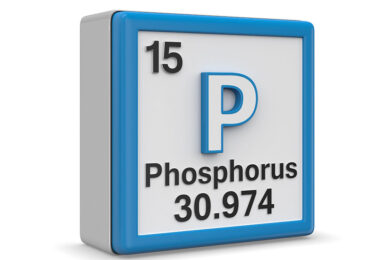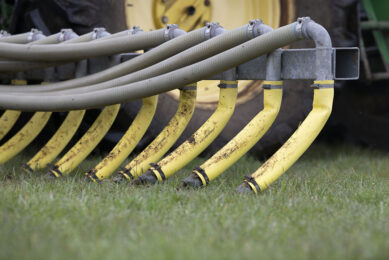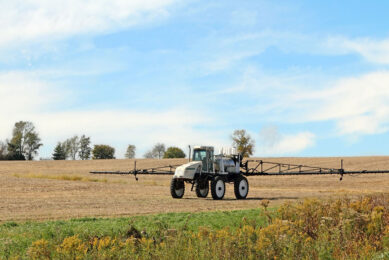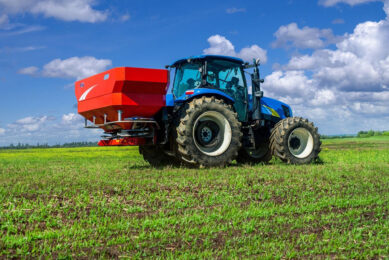Farmyard manure paying dividends for UK arable farmers
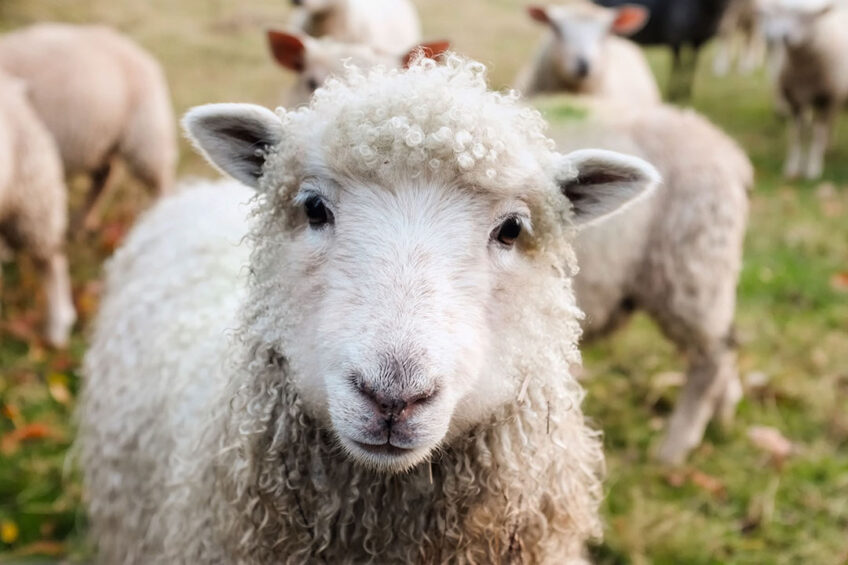
Livestock are playing an increasingly important role on arable farms, not just because of rising fertiliser costs, but because of the need to improve soil health, reduce reliance on chemicals, increase carbon capture and ensure efficient nutrient management.
Rob Atkin, NFU combinable crops board member farms 390ha of arable cropping and 265 beef cattle on 488ha of copper marl/black silty soils in Staffordshire and says the cattle play a vital role in his cereal business. They provided 500 tonnes of farmyard manure (FYM) a year and a further 500t is imported from neighbouring farmers.
Atkin prioritises spreading the FYM across fields that have poor phosphorus (P) or potassium (K) indices or where soils need more organic matter: “We rotate the FYM around the farm and apply the right quantity to match the nutrient requirements for the following crop. Spreading takes place in autumn, as travelling in the spring can be difficult, and most of our spring sowing is into cover crops or grazed stubble turnips.”
As part of the farm’s nutrient management, for the past 15 years it has soil tested one third of the farm each year and applied P and K variably based on the results.
“We use sludge cake as an additional source of P and K, which is mainly spread on ground destined for Oil Seed Rape (OSR) and is applied 24 hours before drilling as a deterrent to cabbage stem flea beetle (CSFB).”
Using sheep to control weeds & disease
In the past 3 years, Atkin has been using sheep to graze on forward crops of OSR and wheat, as they add organic matter and control weeds and disease: “The sheep start to graze OSR crops in November to remove any old diseases leaves, and any CSFB lava, and force the crop into producing a larger root mas which means increased uptake of nutrients from the soil.
“The ewes then move onto the forward crops of wheat in mid-February. Our average fields size is approximately 5-6ha and 180 ewes would graze a field in about 6 days, depending on the weather conditions. The aim is to remove any over-wintered disease, recycle the nutrients and encourage tillering.”
After grazing around 30ha of forward crops this year, Atkin says the benefits have been clear: “No T0s have been sprayed and early signs are showing that we’ll be able to reduce the rates of T1 and T2.
Arable & livestock farmers forming partnerships
“Going forward, I believe it’s essential arable farmers work alongside our livestock neighbours to form partnerships. Whether it’s utilising muck for straw deals or sheep grazing combinable crops, these increase feed sources for the livestock farmers, and reduce inputs for the arable farmer.”
Fellow NFU Combinable Crops board member Will Oliver said his family farm had cut inorganic fertiliser use and increased yields. His farm has utilised manure from the poultry unit, digestate from food waste and sewage sludge this spring.
Nitram using down
Once the nutrients have been applied, crop performance is monitored and tissue analysis is carried out to ensure plan health is acceptable: “We are no longer buying in P, K or S and our nitram usage is down 48% – with high fertiliser prices and the drive to improve efficiencies there are huge benefits to be had from these materials… We are looking at improving storage and the potential to compost our manures to ensure we are getting best value out of them.”
Post-harvest, yield date is digested and crop performance analysed. Last year, when inorganic fertiliser was cut back by 45% and replaced with an organic alternative, the farm had an average yield gain of 0.91t/ha, meaning that cost of production fell and yields rose, boosting gross margins.
Oliver says bringing crops such as grain maize to the rotation to utilise spring application of these materials is having a huge benefit, and harvesting the maize for the grain allows huge amounts or organic matter to be put back into soils. The maize also allows the farm to use cover crops and, working with neighbouring sheep farmers, to contribute to improving soil health.




